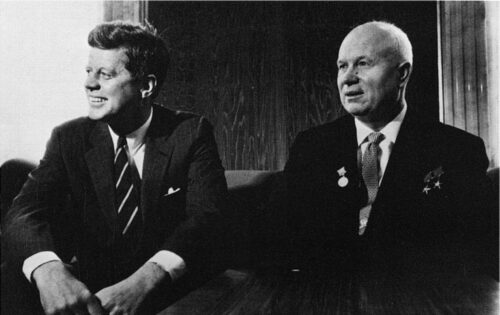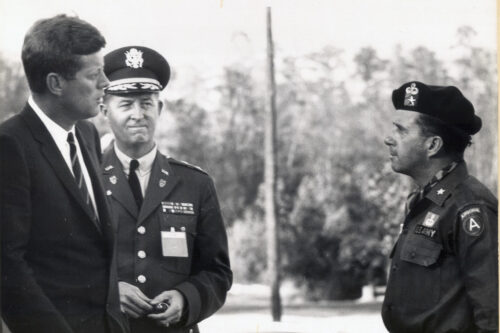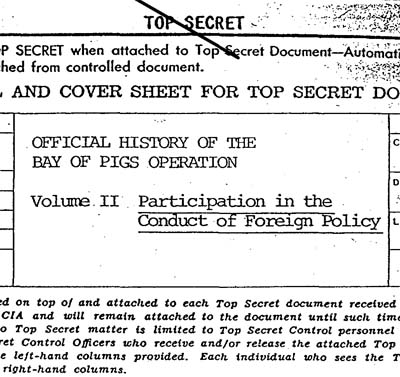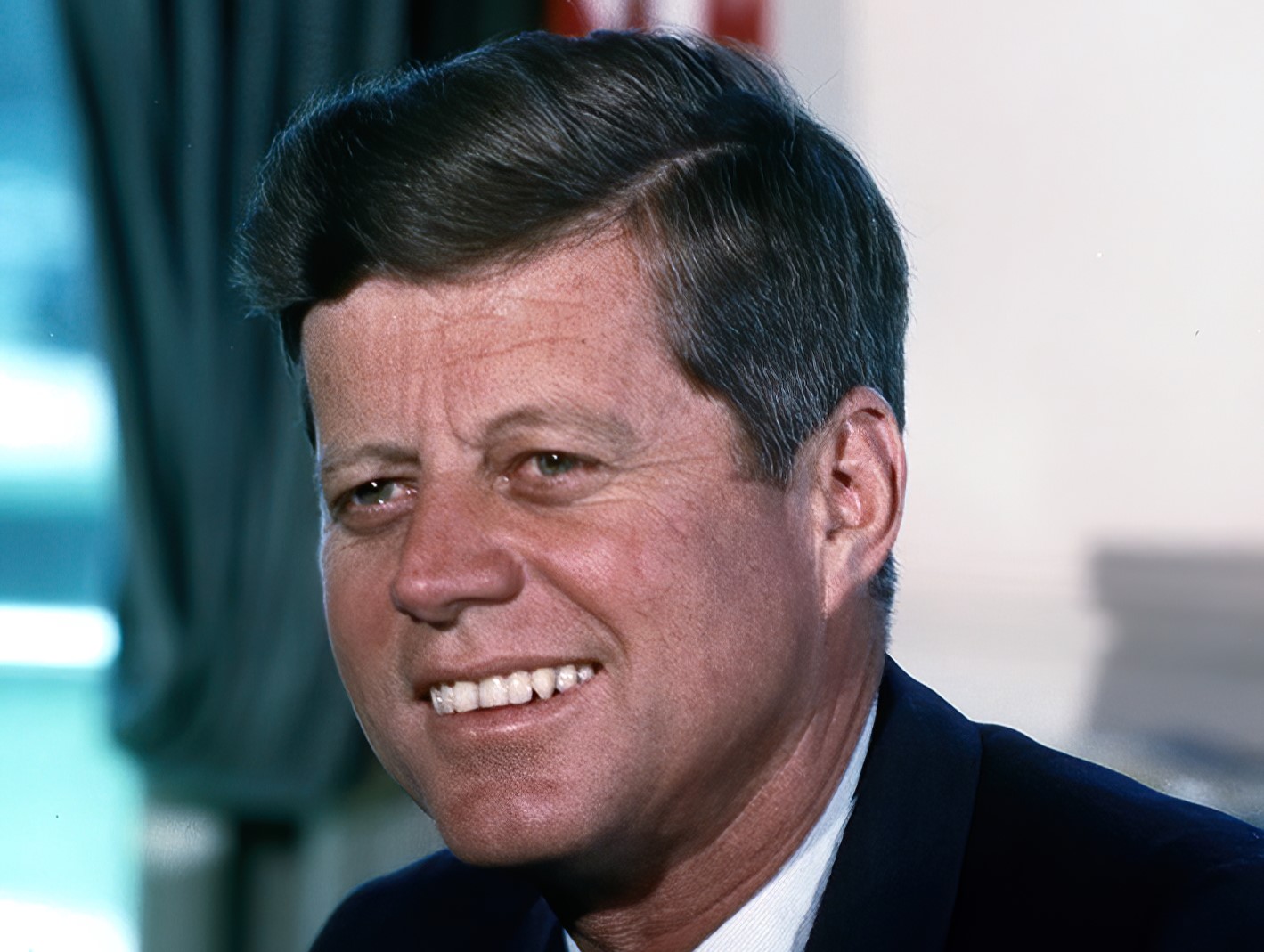President John F. Kennedy,
John F. Kennedy, the 35th President of the United States, had a unique and intriguing relationship with the fictional British spy, James Bond. This relationship was not merely that of a fan and his favorite character, but it was a connection that had significant implications for Kennedy’s image and the Cold War era.
Kennedy’s fascination with Bond began in 1954 while he was recuperating from back surgery. A friend introduced him to Casino Royale, the first novel in the 007 series by British author Ian Fleming. Kennedy was immediately drawn into Bond’s thrilling world of espionage and adventure. His favorite Bond novel was From Russia with Love, which was listed as one of his favorite books of all time.
The endorsement of From Russia with Love by Kennedy spurred the filmmakers to expedite its adaptation for the big screen. Tragically, this film holds the distinction of being the final movie Kennedy watched prior to his assassination in Dallas.
More Than Just a Fan
Kennedy’s admiration for Bond went beyond the pages of Fleming’s novels. In 1960, during his presidential campaign, Kennedy invited Fleming to his residence in Georgetown. They engaged in discussions about foreign affairs, and Fleming even proposed a bold plan to destabilize Fidel Castro’s regime in Cuba by dropping pesos over Havana, accompanied by leaflets reading “Compliments of the United States.”
Kennedy astutely used Bond as a tool to project an image of himself as a heroic leader during the tense years of the Cold War. The media began drawing parallels between the fictional spy and the real-life president, intertwining their personas in the American cultural consciousness. Kennedy’s public endorsement of the Bond novels played a crucial role in securing financing for the film series.
Kennedy’s endorsement of the James Bond novels had a significant impact on their popularity, particularly in the U.S. Following Kennedy’s public acknowledgment of his fondness for the Bond series, sales of Ian Fleming’s novels in the U.S. soared exponentially. This endorsement from the country’s popular new president made Bond a big hit in the States after years of underwhelming profits.
The U.S. reviews for Thunderball, the eighth full-length James Bond novel, were also very positive, likely spurred on by the endorsement from the President. The weight of Kennedy’s contribution to 007’s international success was not lost on Fleming. Not only did the author write a letter thanking the Kennedy family for the spike in sales, but The Spy Who Loved Me essentially features a scene where Bond proclaims his own support for the premier political clan of the day.
While the thrilling exploits of James Bond are celebrated in the world of cinema, it’s worth noting that the real-life strategic maneuvers of President Kennedy were equally, if not more, impactful during the tense era of the Cold War. Kennedy’s astute political strategies and diplomatic tactics, often conducted away from the public eye, were instrumental in navigating the complexities of this geopolitical conflict.

Cold War Strategy
While Bond’s most famous missions are immortalized on the silver screen, it was Kennedy’s strategic maneuvering behind the scenes orchestrating his own “Bond-like” maneuvers, which contributed significantly to the course of the Cold War. This connection between a real-life president and a fictional spy adds a fascinating layer to both their stories. This parallel was not lost on the American public, further enhancing Kennedy’s image as a decisive leader during a critical period in history.
Kennedy implemented a new strategy known as flexible response. This strategy relied on conventional arms to achieve limited goals. As part of this policy, Kennedy expanded the U.S. special operations forces, elite military units that could fight unconventionally in various conflicts.
In response to threatening developments during the Cold War, Kennedy ordered substantial increases in American intercontinental ballistic missile forces. He also added five new army divisions and increased the nation’s air power and military reserves.
Soldiers of the Soviet Union and the U.S. did not do battle directly during the Cold War. But the two superpowers continually antagonized each other through political maneuvering, military coalitions, espionage, propaganda, arms buildups, economic aid, and proxy wars between other nations.
As the Soviets tightened their grip on Eastern Europe, the U.S. embarked on a policy of containment to prevent the spread of Soviet and communist influence in Western European nations such as France, Italy, and Greece. These strategic maneuvers were instrumental in navigating the complexities of the Cold War.

Relationship with the CIA
Allen Dulles, who held the position of CIA director during the administrations of Presidents Dwight D. Eisenhower and Kennedy, was also an admirer of James Bond. He directed the division of the Agency, which would later be known as the Office of Technical Service, to design gadgets reminiscent of those used by Bond for his operatives.
The relationship between Kennedy and the CIA was strained following the failed Bay of Pigs operation, a CIA-led mission in 1961 to overthrow Fidel Castro’s regime in Cuba. After the operation’s failure, Kennedy reportedly felt betrayed by the CIA and Director Dulles and his chief deputy, Charles Cabell. The Bay of Pigs invasion had been formulated by the CIA in 1960 during the presidency of Eisenhower. The plan was then presented to Kennedy after he was elected.
During the Bay of Pigs invasion, it was Kennedy who decided to withhold further air support. This decision came as the international community found out about the invasion and the strategic initiative was lost. The Secretary of State, Dean Rusk, had canceled the air cover the night before under Kennedy’s order. While there are ongoing debates about the exact reasons for the failure of the invasion, the lack of air support is widely recognized as one of the contributing factors.

In Conclusion
The connection between John F. Kennedy and James Bond is a fascinating intersection of reality and fiction. Kennedy’s admiration for the Bond character not only influenced the cultural landscape of the time, but also played a strategic role in his political image during the Cold War. The parallels drawn between the real-life president and the fictional spy served to enhance Kennedy’s image as a decisive leader. This unique relationship underscores the power of literature and its potential influence on real-world events and perceptions. This connection adds a layer of historical context and intrigue to our understanding of both the Bond series and JFK’s presidency.
Resources
Central Intelligence Agency
CIA.gov
The Official James Bond 007 Website
007.com
The Official Website for Ian Fleming
IanFleming.com
John F. Kennedy Presidential Library and Museum
JFKLibrary.org
*The views and opinions expressed on this website are solely those of the original authors and contributors. These views and opinions do not necessarily represent those of Spotter Up Magazine, the administrative staff, and/or any/all contributors to this site.
